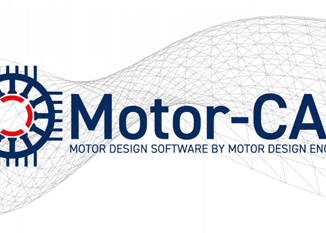
ABB is working with Boliden, the Swedish mining and smelting company, to build a strategic cooperation to use low carbon footprint copper in its electromagnetic stirring equipment and high-efficiency electric motors. The aim is to reduce greenhouse gas emissions while driving the transition to a more circular economy.
The partnership is part of ABB’s strategic moves to reduce the environmental impact of raw materials used in its products by replacing them with lower-carbon alternatives. It has also committed to increase the use of recycled electric steel and recycled aluminum. Another move in closing the circularity loop has already seen ABB designing its motors to be up to 98 percent recyclable, with the remaining two percent of materials available to be incinerated for heat recovery.
“As a part of ABB’s 2030 sustainability strategy, our target is for 80 percent of our products and solutions to be covered by a circularity approach. The work with Boliden is an important step towards this goal,” said Ola Noren, head of metallurgy products, process industries for ABB. “By taking stock of the delivery by the end of this year we’ll ensure that all our metallurgy products use recycled hollow copper conductors from 2023.”
“We want to enable a more sustainable and resource-efficient future, and with this collaboration our customers can not only decarbonize by upgrading to energy efficient motors but will also be able to install ABB technology that has an improved environmental footprint thanks to Boliden’s copper,” said Ulf Hellstrom, managing director at ABB Motion in Sweden. “This is an excellent example of the circular economy in practice.”
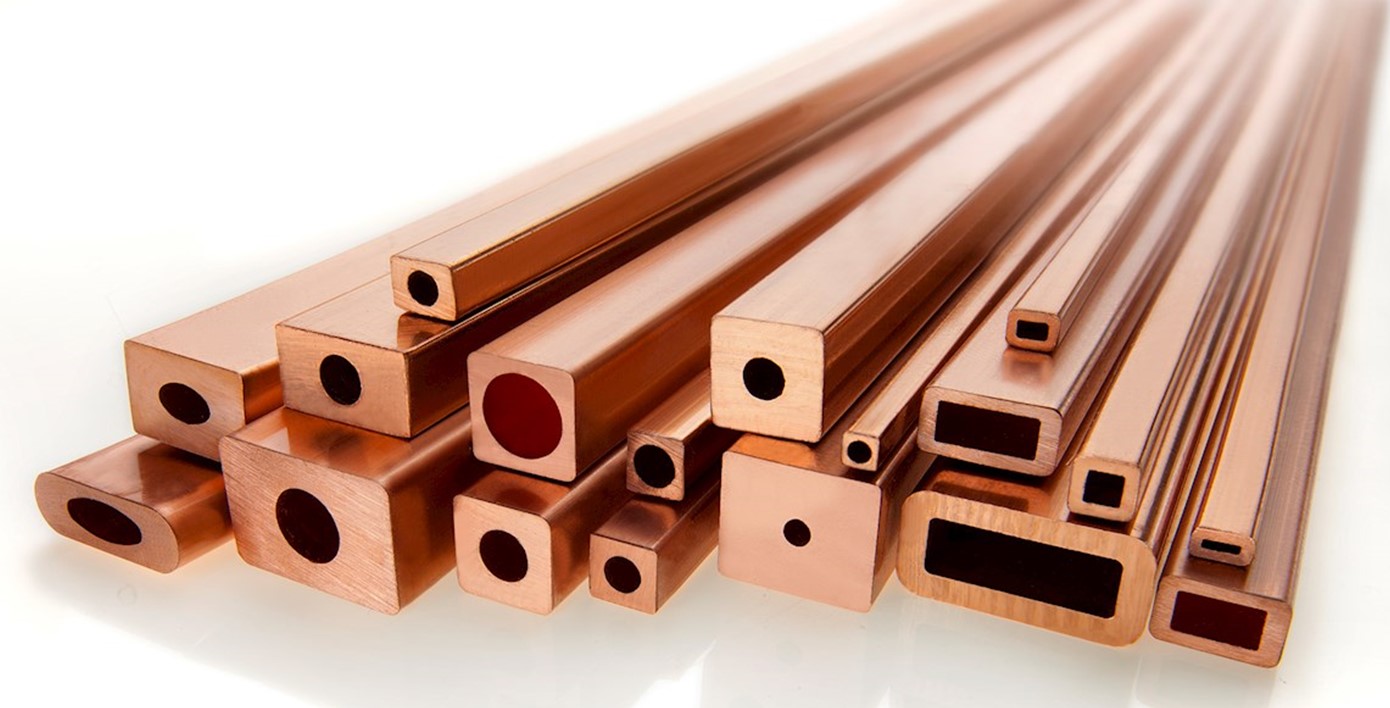
The co-operation includes ABB placing the first order for Boliden’s certified recycled copper through Finnish metals manufacturing specialist Luvata. Hollow conductor wire made from the material will be used in ABB’s electromagnetic stirrers used in steel and aluminum manufacturing.
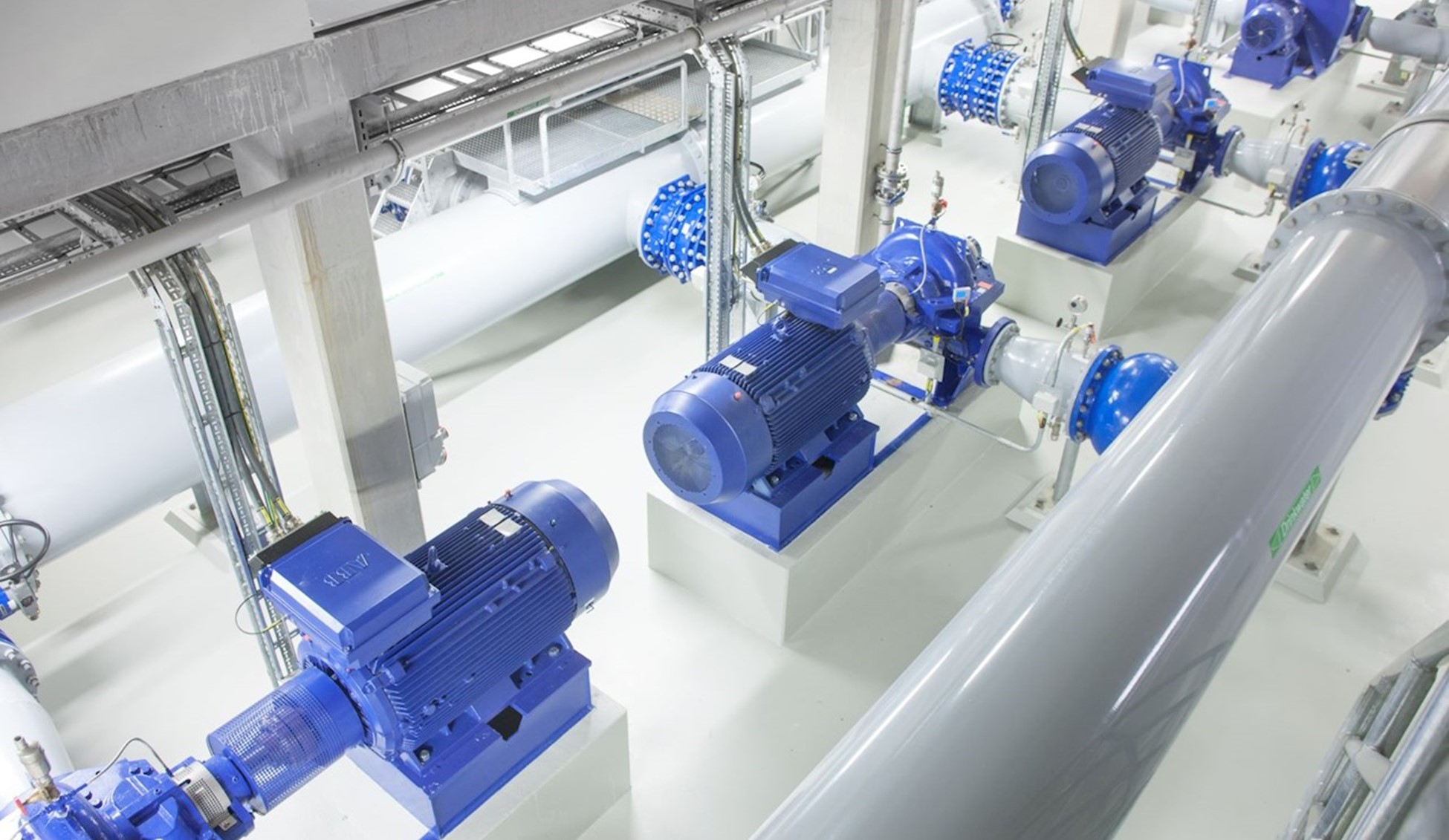
Beginning in 2023, ABB will purchase Boliden’s low-carbon and recycled copper to cover the demand for its IE5 Ultra-Premium Efficiency SynRM and e-mobility motors produced in Europe. The two companies have also signed a memorandum of understanding that will see ABB supporting Boliden in identifying inefficient low-voltage motors across its operating units. These motors can then be replaced with high efficiency motors within ABB’s take back upcycling framework, with the old motors recycled to provide raw material for Boliden’s recycled copper.
Copper is a vital material for manufacturing industrial electrical equipment, but its production is energy intensive. To address this, Boliden has developed low-carbon copper that is mined using fossil-free energy and also produces copper using secondary raw material from recycled products. The carbon footprint of these products is 65 percent lower than the industry average. A typical 75-kW motor weighing 650 kg might include 80 kg of copper. Using Boliden’s copper saves approximately 200 kg of CO₂ emissions for every one of the motors manufactured. Each stirrer has up to 2,700 kg of copper, saving up to 6,700 kg of CO2 per stirrer.
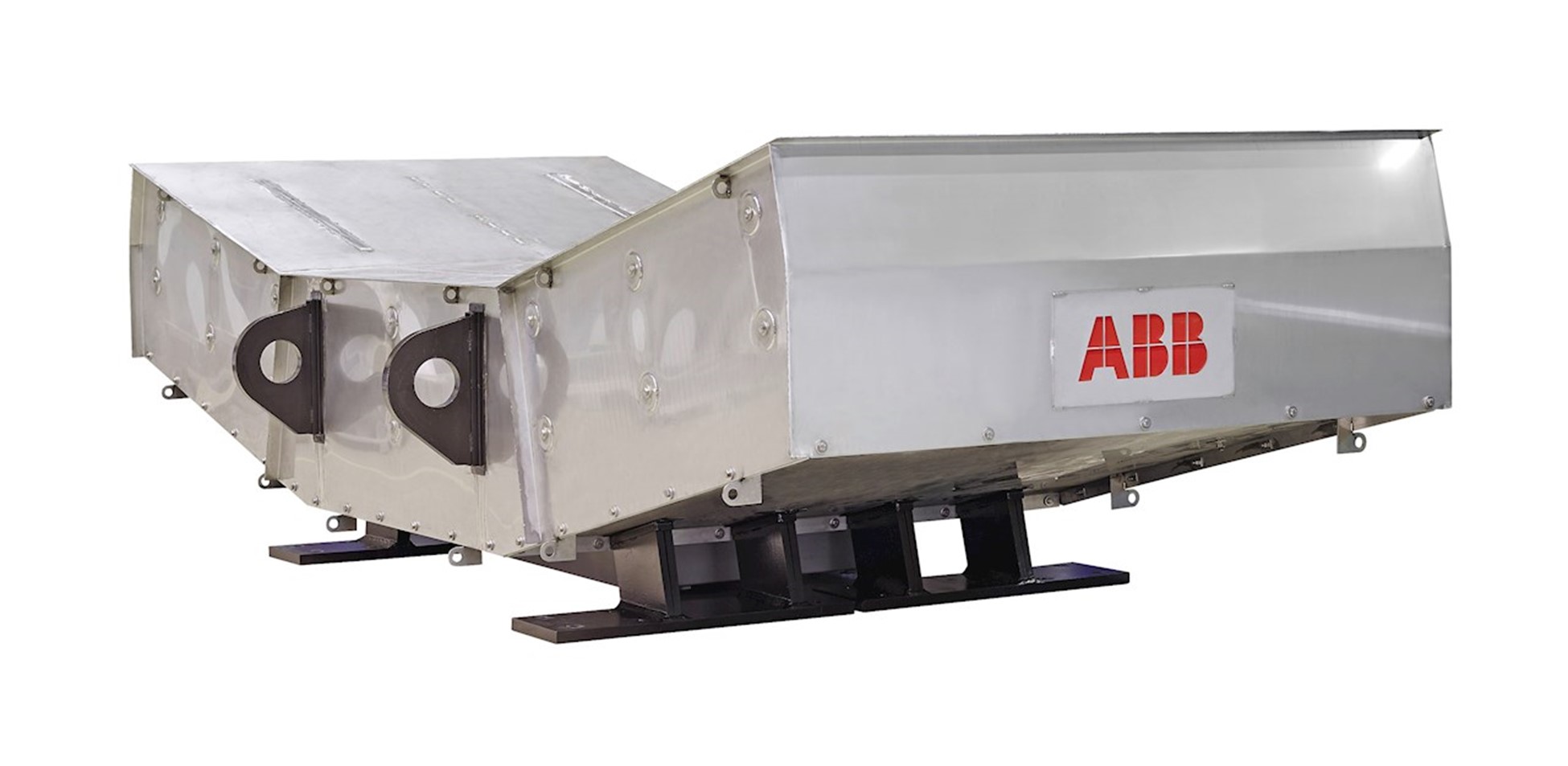
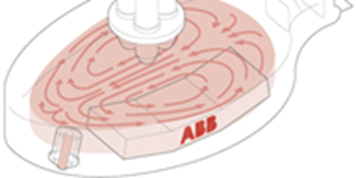
ABB IE5 synchronous reluctance motors deliver ultra-premium energy efficiency as defined by the International Electrotechnical Commission and are ideal for industrial applications such as water pumping. Their design principles were explained by ABB product manager Tero Helpio and R&D engineer Jouni Ikaheimo with ABB’s IEC LV Motors Division, Motion Business Area in Helsinki, in an article in the ABB Review, highlighted here.
The traditional induction motor, though the most common electric motor in industry, has inherent drawbacks that arise from its asynchronous speed such as rotor heating losses which decrease efficiency and component and bearing lifetime, they explain.
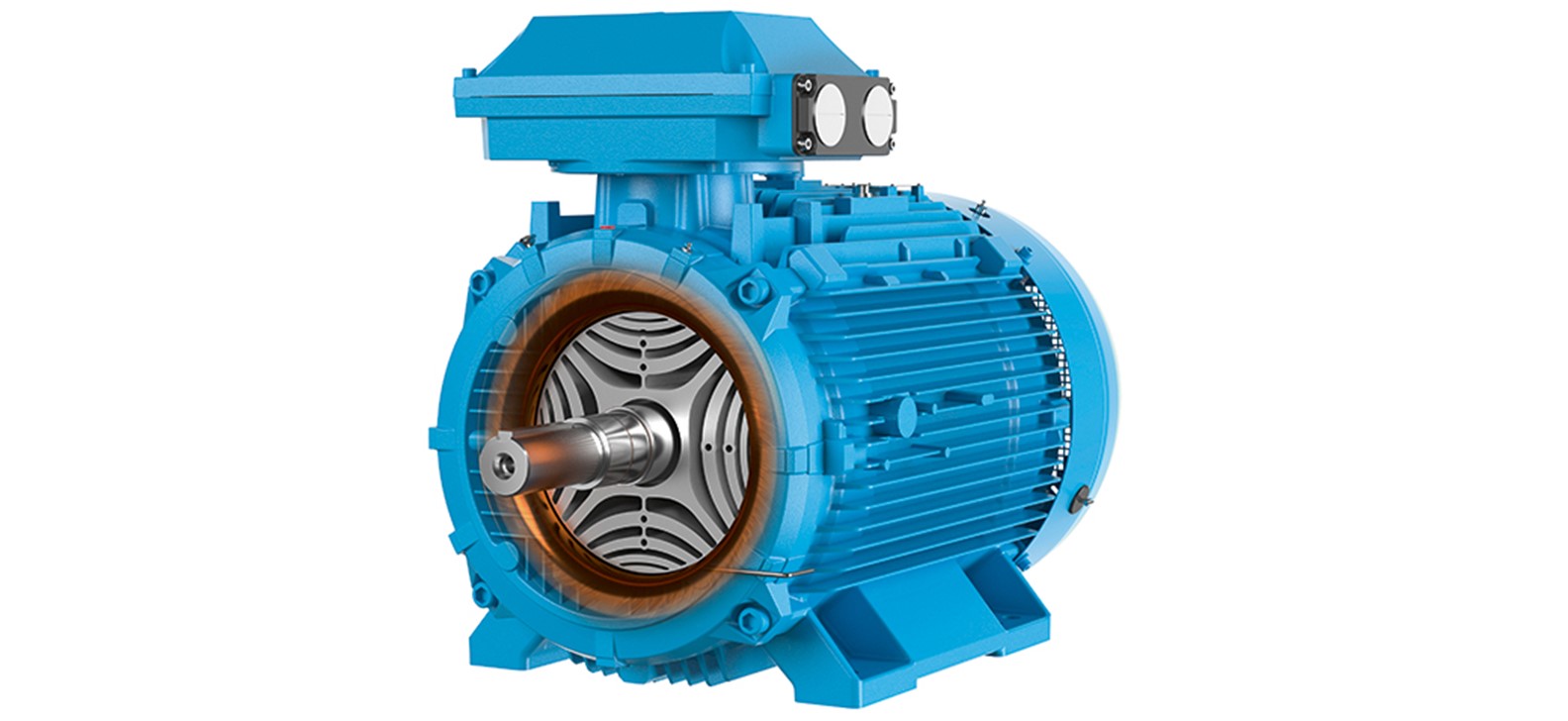
SynRMs work on an elegant principle that has been known for a long time, but only since the recent rise of sophisticated variable-speed drive control has it been possible to exploit fully these attributes. In a SynRM, the rotor is designed to produce the smallest possible magnetic reluctance (the resistance to the flow of a magnetic field) in one direction and the highest reluctance in the direction perpendicular. The variable speed drive steers the stator field so it essentially rotates around the motor. The directionally unequal magnetic reluctance properties of the rotor cause the rotor to rotate with the field and at the same frequency.
SynRM technology combines the performance of the permanent magnet motor with the simplicity and service-friendliness of the induction motor, as SynRMs do not feature rare-earth-based permanent magnets. The rotor has neither magnets nor windings and suffers virtually no power losses. Because there are no magnetic forces in the rotor, maintenance is as straightforward as with induction motors. For more info, see www.abb.com.


